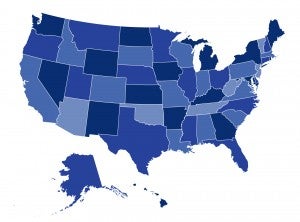Out of the Fire and Back in Federal Court: This Mother’s Day, Another Challenge to the ACA Puts Access to Preventive Services at Risk

This Mother’s Day, CHIR’s Rachel Schwab and Nia Gooding assessed the potential impact of a new legal challenge to the Affordable Care Act (ACA) for women. Judge Reed O’Connor has recently allowed a challenge to the ACA’s preventive services coverage provision to move forward in a U.S. district court. Invalidating this provision could jeopardize access to a broad set of preventive services for millions of women.




